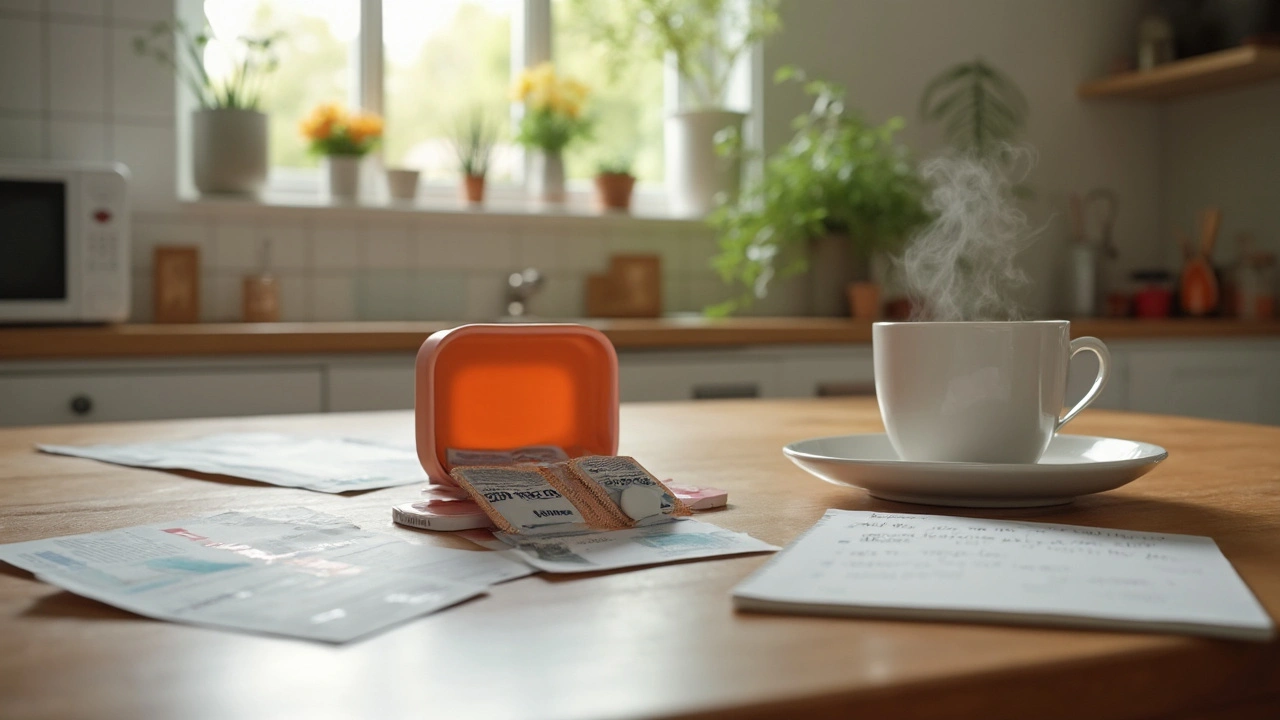Paracetamol: what it does and how to use it safely
Paracetamol (also called acetaminophen) is a common pain reliever and fever reducer. People use it for headaches, toothaches, muscle pain and to bring down fever. It works well when used correctly, but the biggest risk comes from taking too much or mixing it with other medicines that also contain paracetamol.
How to dose paracetamol safely
For adults, typical dosing is 500–1000 mg every 4–6 hours as needed. Don’t take more than 4,000 mg in 24 hours — and many experts suggest staying under 3,000 mg if you use it regularly. For children, dose by weight: about 10–15 mg per kg every 4–6 hours, with a maximum of 4 doses in 24 hours. Always check the package for exact instructions and use the measuring device that comes with the product.
Watch for these common mistakes: taking multiple products that contain paracetamol at the same time (like some cold or flu medicines), and mixing it with alcohol. Both raise the risk of liver damage. If you have liver disease, drink heavily, or take other medicines that affect the liver, talk with a healthcare professional before using paracetamol.
Recognize overdose signs and what to do
Early signs of overdose can be subtle: nausea, vomiting, sweating, or stomach pain. Later, symptoms may include jaundice (yellow skin or eyes), dark urine, or extreme tiredness. If you suspect an overdose, seek emergency care right away — prompt treatment makes a big difference.
Store paracetamol where children can’t reach it. Keep it in original packaging with the label intact so you always know the strength and expiry date. Don’t use expired pills and don’t share medication with others who have different health conditions or take other drugs.
If you’re pregnant or breastfeeding, check with your doctor before using any medicine. Paracetamol is often recommended as a safer choice for pain during pregnancy, but dose and timing should be confirmed by your healthcare provider.
Buying paracetamol online? Use these quick checks: choose a licensed pharmacy with clear contact info, customer reviews, and secure checkout. Avoid sites that sell prescription-only drugs without asking for a prescription. Look for proper packaging and batch numbers when your order arrives. If a price looks too good to be true, it probably is — counterfeit meds do exist.
Short and practical: use the lowest effective dose for the shortest time needed, double-check labels to avoid accidental overdoses, and buy from trusted pharmacies. If ever in doubt, call a pharmacist or your doctor — they can give simple, reliable advice tailored to your situation.

